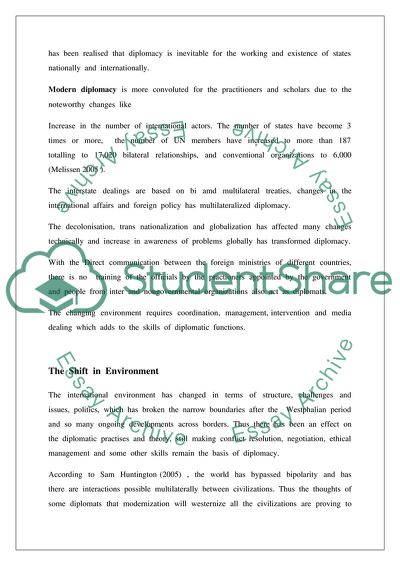Cite this document
(To What Extent Can the Thought of Past and Present Diplomatic Practiti Assignment, n.d.)
To What Extent Can the Thought of Past and Present Diplomatic Practiti Assignment. https://studentshare.org/politics/1728719-diplomacy
To What Extent Can the Thought of Past and Present Diplomatic Practiti Assignment. https://studentshare.org/politics/1728719-diplomacy
(To What Extent Can the Thought of Past and Present Diplomatic Practiti Assignment)
To What Extent Can the Thought of Past and Present Diplomatic Practiti Assignment. https://studentshare.org/politics/1728719-diplomacy.
To What Extent Can the Thought of Past and Present Diplomatic Practiti Assignment. https://studentshare.org/politics/1728719-diplomacy.
“To What Extent Can the Thought of Past and Present Diplomatic Practiti Assignment”. https://studentshare.org/politics/1728719-diplomacy.


